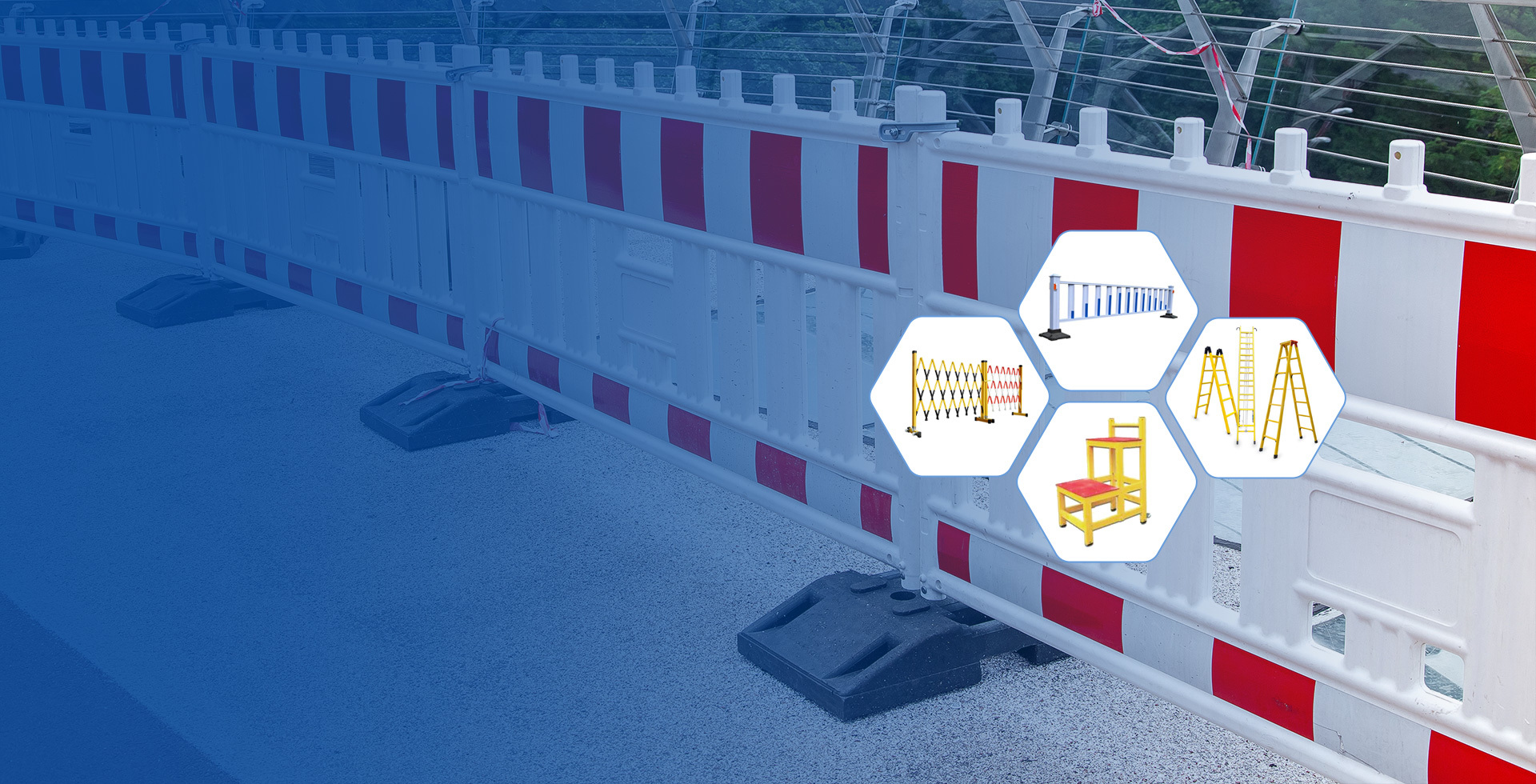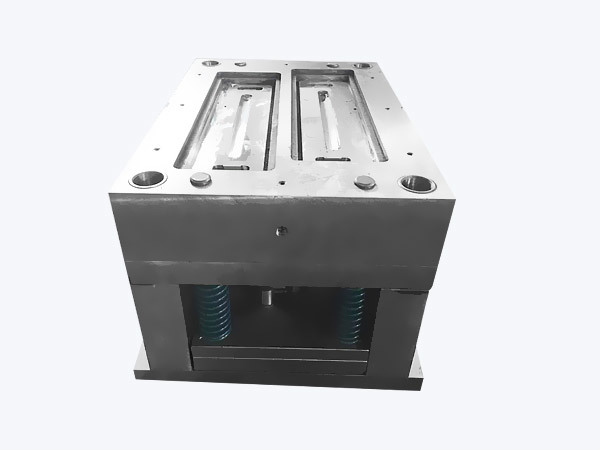Fast delivery
Global supplier
Innovative solutions
Incorporating Carbon Fiber Reinforced Composites into Your Production Line: A Comprehensive Guide
Jun 27,2025
Incorporating Carbon Fiber Reinforced Composites into Your Production Line
Introduction to Carbon Fiber Reinforced Composites
Carbon Fiber Reinforced Composites (CFRCs) are revolutionizing the landscape of manufacturing and production. Known for their incredible strength-to-weight ratio, CFRCs offer numerous advantages over traditional materials like metals and plastics. With applications ranging from aerospace to automotive, the incorporation of these composites into production lines is not just a trend but a strategic move that can enhance product performance and manufacturing efficiency.
The Strategic Advantages of CFRCs
1. Unmatched Strength and Durability
CFRCs are renowned for their exceptional strength. Composed of carbon fibers embedded in a polymer matrix, these materials can withstand extreme stress and impact, making them ideal for high-performance applications. This durability also translates into longer product lifespans, reducing replacement costs and enhancing customer satisfaction.
2. Lightweight Properties for Enhanced Efficiency
One of the most significant advantages of CFRCs is their lightweight nature. This characteristic is particularly beneficial in industries such as aerospace and automotive, where reducing weight can lead to significant fuel savings and increased efficiency. By incorporating CFRCs, manufacturers can create lighter products without compromising strength.
3. Versatility Across Industries
CFRCs are not limited to a single industry; their versatility makes them applicable in various sectors. From creating lightweight components in the automotive industry to developing robust structures in aerospace, the potential applications are vast. Industries like sports equipment, medical devices, and even construction are increasingly adopting CFRCs for their unique properties.
Understanding the Production Process of CFRCs
1. Raw Material Selection
The first step in incorporating CFRCs into your production line is selecting the right raw materials. High-quality carbon fibers and suitable resin systems are crucial for achieving the desired composite properties. It's essential to source these materials from reputable suppliers to ensure consistency and reliability in your final products.
2. Manufacturing Techniques
There are several manufacturing techniques for producing CFRCs, including:
a. Hand Lay-Up
This manual process involves layering carbon fiber sheets and resin in a mold. While it allows for custom designs, it can be time-consuming and labor-intensive.
b. Resin Transfer Molding (RTM)
RTM involves injecting resin into a closed mold containing carbon fibers. This method offers a balance of efficiency and quality, making it a popular choice for larger production runs.
c. Prepreg Lay-Up
Prepregs are pre-impregnated with resin, allowing for precise control over the fiber-to-resin ratio. This method is commonly used in high-performance applications, such as aerospace components.
Integrating CFRCs into Your Existing Production Line
1. Assessing Current Capabilities
Before integration, it's crucial to evaluate your current production capabilities. Identify any necessary upgrades or changes to machinery, tools, and workflows that may be required to accommodate CFRCs. This assessment ensures a smooth transition and helps prevent production downtime.
2. Training and Skill Development
The effectiveness of CFRC integration heavily depends on the skill set of your workforce. Providing training sessions for employees on CFRC handling, processing techniques, and safety protocols is essential. Skilled personnel will enhance production quality and efficiency.
3. Quality Control Measures
Implementing rigorous quality control measures is vital when working with CFRCs. From raw material inspections to in-process checks and final product evaluations, maintaining high-quality standards ensures that the end products meet customer expectations and regulatory requirements.
Cost Considerations of CFRC Integration
1. Initial Investment vs. Long-term Savings
While the initial investment in CFRCs may seem significant, the long-term savings can offset these costs. Reduced material waste, lower energy consumption, and enhanced product durability contribute to overall cost efficiency. Analyzing the return on investment (ROI) can help businesses justify the transition to CFRCs.
2. Supply Chain Management
Integrating CFRCs into your production line may require adjustments to your supply chain. Efficiently managing the procurement of raw materials and coordinating with suppliers is crucial to minimize disruptions and maintain production schedules.
Case Studies: Successful CFRC Integration
1. Aerospace Industry Example
Leading aerospace manufacturers have successfully incorporated CFRCs into their aircraft designs, resulting in lighter structures that improve fuel efficiency and reduce emissions. The Boeing 787 Dreamliner, for example, utilizes CFRCs extensively, showcasing the benefits of this material in real-world applications.
2. Automotive Industry Example
Automakers are increasingly adopting CFRCs to manufacture lightweight vehicle components. Companies like BMW and Audi have integrated these materials into their production lines, resulting in vehicles that are not only lighter but also more fuel-efficient, thereby meeting stringent environmental regulations.
Challenges in Incorporating CFRCs
1. Material Costs
The cost of carbon fiber materials can be a barrier for small to medium-sized enterprises. However, as technology advances and production processes improve, prices are expected to decline, making CFRCs more accessible.
2. Technical Expertise
The complexity of working with CFRCs requires specialized knowledge and skills. Companies may need to invest in training or hire experts to ensure successful integration. This challenge can be mitigated by collaborating with materials science specialists or consulting firms.
The Future of CFRCs in Manufacturing
1. Advancements in Material Technology
As research continues, the development of new carbon fiber technologies promises to enhance the properties of composites further. Innovations like bio-based resins and improved fiber manufacturing processes are on the horizon, positioning CFRCs as a staple in future manufacturing.
2. Expanding Applications
The potential for CFRCs extends beyond traditional applications. Emerging fields such as renewable energy, robotics, and even the space industry are beginning to explore the benefits of these advanced composites, paving the way for new opportunities.
FAQs about Incorporating CFRCs into Production Lines
1. What industries can benefit from using CFRCs?
CFRCs can benefit a wide range of industries, including aerospace, automotive, sports equipment manufacturing, medical devices, and construction.
2. How do CFRCs compare to traditional materials?
CFRCs offer superior strength-to-weight ratios, making them lighter and more durable compared to traditional materials like metals and plastics.
3. What are the main challenges of integrating CFRCs?
Challenges include material costs, the need for specialized technical knowledge, and potential adjustments in production processes.
4. Is CFRC integration cost-effective in the long run?
Yes, while the initial investment may be high, long-term savings in material efficiency, energy consumption, and product durability often outweigh these costs.
5. How can companies ensure quality control when working with CFRCs?
Establishing rigorous quality control measures throughout the production process, including raw material inspections and in-process evaluations, is essential for maintaining high standards.
Conclusion
Incorporating Carbon Fiber Reinforced Composites into your production line is a strategic move that can significantly enhance your manufacturing capabilities. By understanding the advantages, processes, and challenges associated with CFRCs, manufacturers can position themselves at the forefront of innovation. As the industry continues to evolve, embracing these advanced materials will not only improve product quality but also drive efficiency, reduce costs, and ultimately, help businesses thrive in a competitive landscape. The transition to CFRCs is not merely an option; it is an imperative for those looking to stay ahead in the manufacturing sector.
Contact Us
Tel:
+86017717930013 +86013621742959
Email:
Address:
No.99 Denggao Road, Motou Town, Rugao City, Jiangsu Province, China.








